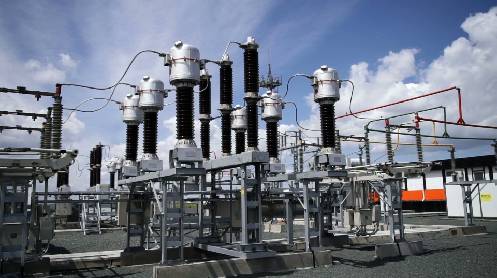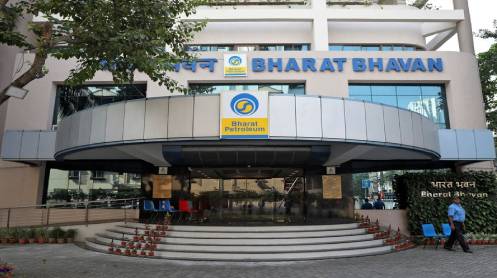By: Mustafa Tahir
The power sector in Pakistan faces several challenges that need to be addressed through comprehensive reforms. Here are some key areas where reforms can improve the power sector in Pakistan:
Tariff Rationalization: The power sector in Pakistan suffers from a large difference between the cost of electricity production and the tariffs charged to consumers. Reforms should focus on rationalizing tariffs to ensure they reflect the actual cost of generation, transmission, and distribution. This will encourage efficiency, reduce losses, and attract investment.
Reduction of Transmission and Distribution Losses: Pakistan has high transmission and distribution losses, commonly known as T&D losses. These losses occur due to outdated infrastructure, theft, and technical inefficiencies. Reforms should prioritize upgrading transmission and distribution infrastructure, implementing smart grid technologies, and taking strict measures to curb electricity theft.
Enhanced Governance and Accountability: Improving governance and accountability in the power sector is crucial for its sustainable development. Reforms should focus on reducing corruption, improving transparency in decision-making processes, and strengthening regulatory bodies to ensure fair and effective regulation of the sector.
Renewable Energy Integration: Pakistan has a vast potential for renewable energy, particularly solar and wind. Reforms should prioritize the integration of renewable energy sources into the power generation mix. This can be achieved through attractive incentives for renewable energy investments, streamlined regulatory frameworks, and the development of renewable energy zones.
Private Sector Participation: Encouraging private sector participation can bring in much-needed investments, expertise, and innovation in the power sector. Reforms should aim to create a conducive environment for private sector involvement, including transparent procurement processes, clear contractual arrangements, and a level playing field for all market participants.
Demand-Side Management: Promoting energy conservation and demand-side management practices can significantly reduce the strain on the power sector. Reforms should include public awareness campaigns, incentives for energy-efficient technologies, and the adoption of demand response mechanisms to manage peak load demands.
Financial Sustainability: Reforms should address the financial sustainability of power sector entities, such as power generation companies and distribution companies. This can be achieved by improving revenue collection mechanisms, reducing inefficiencies, and developing a long-term financial strategy for the sector.
Skill Development and Capacity Building: Investing in skill development and capacity building programs for the power sector workforce is essential. Reforms should focus on training programs, knowledge sharing platforms, and partnerships with international institutions to enhance technical and managerial capabilities within the sector.
Cross-Border Energy Trade: Exploring opportunities for cross-border energy trade can benefit the power sector in Pakistan. Reforms should aim to develop interconnections with neighboring countries to facilitate the import and export of electricity, promoting regional cooperation and energy security.
Consumer Empowerment: Reforms should prioritize consumer empowerment by ensuring affordable and reliable electricity supply. Measures such as improved customer service, grievance redress mechanisms, and transparent billing practices can enhance consumer satisfaction and trust in the power sector.
These reforms, when implemented effectively and consistently, can contribute to a more efficient, reliable, and sustainable power sector in Pakistan. However, it’s important to note that the implementation of reforms requires strong political will, stakeholder collaboration, and a long-term vision for the sector’s development.







